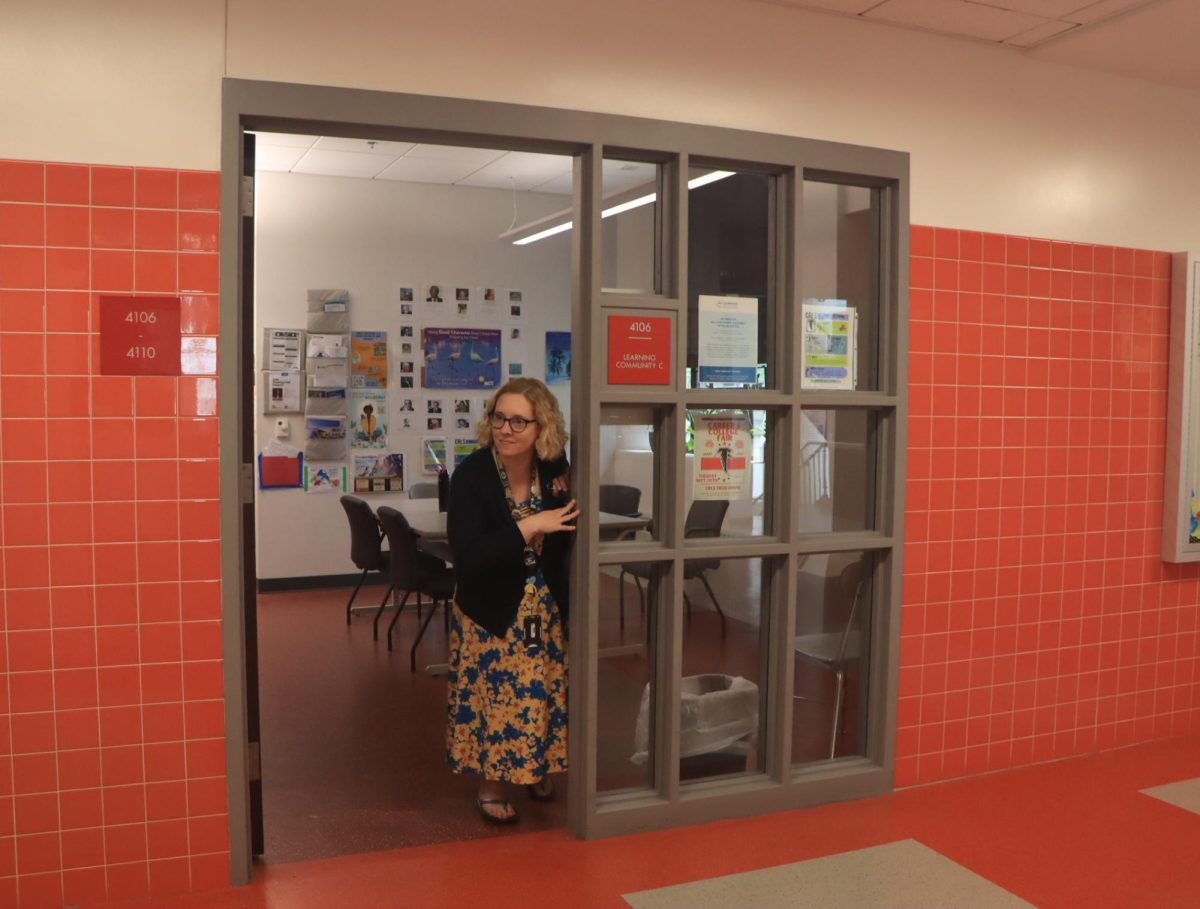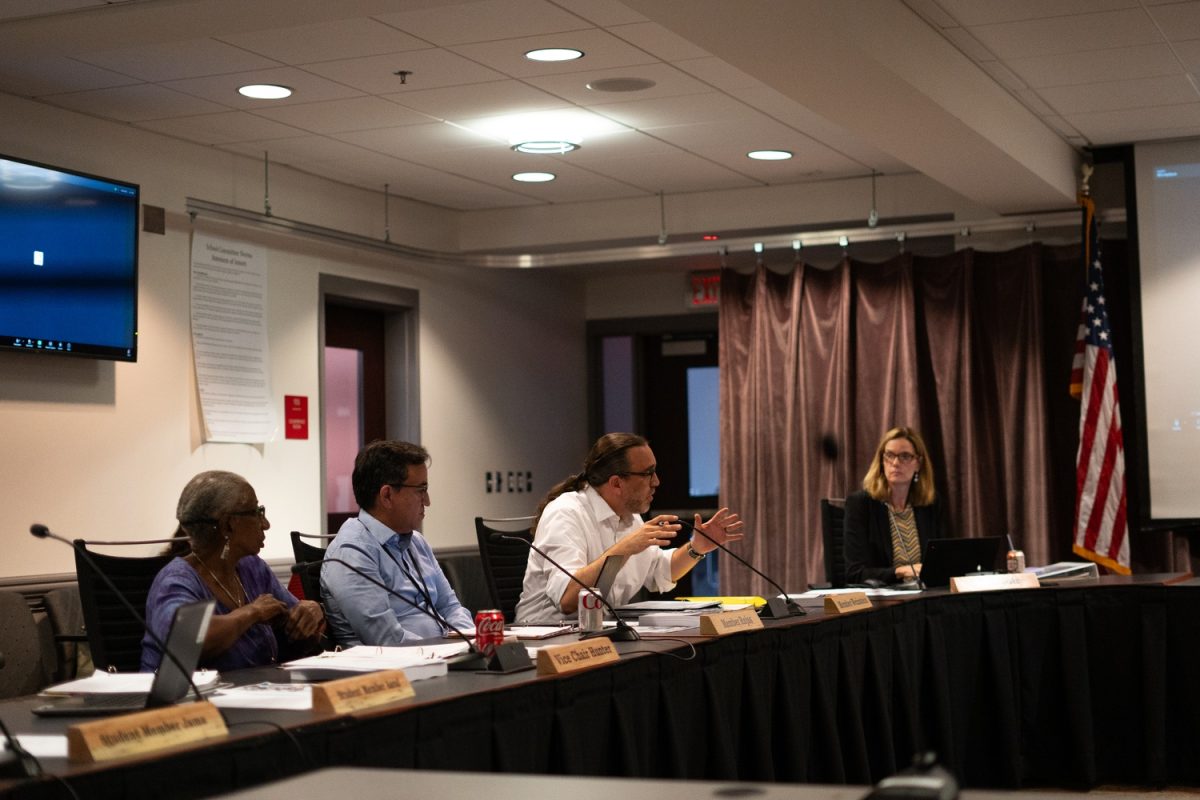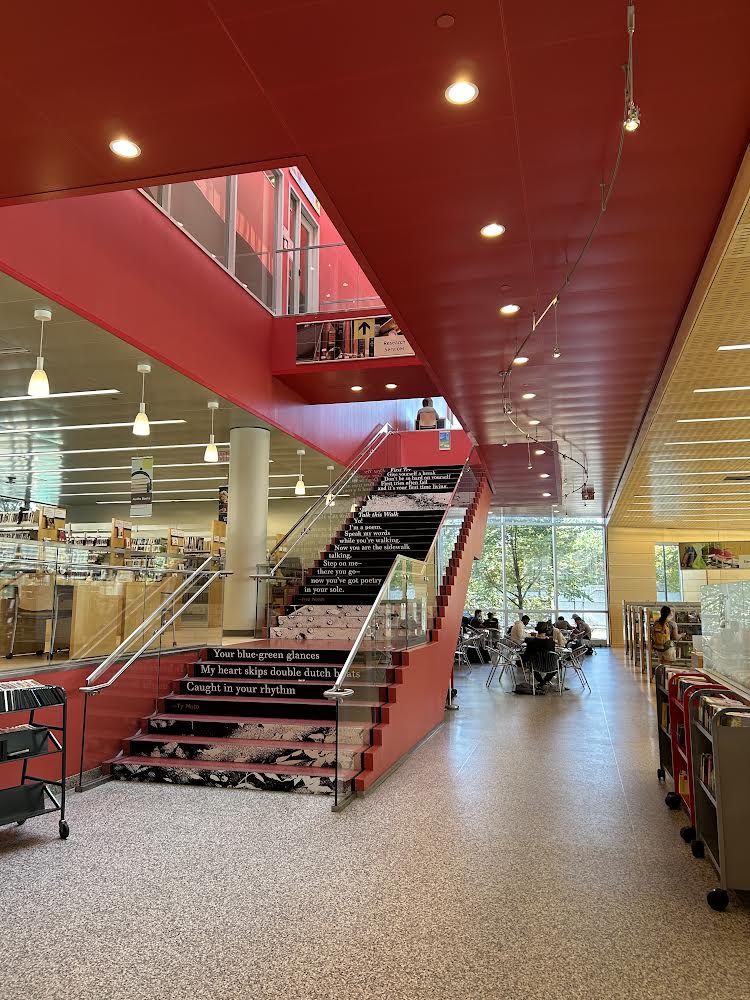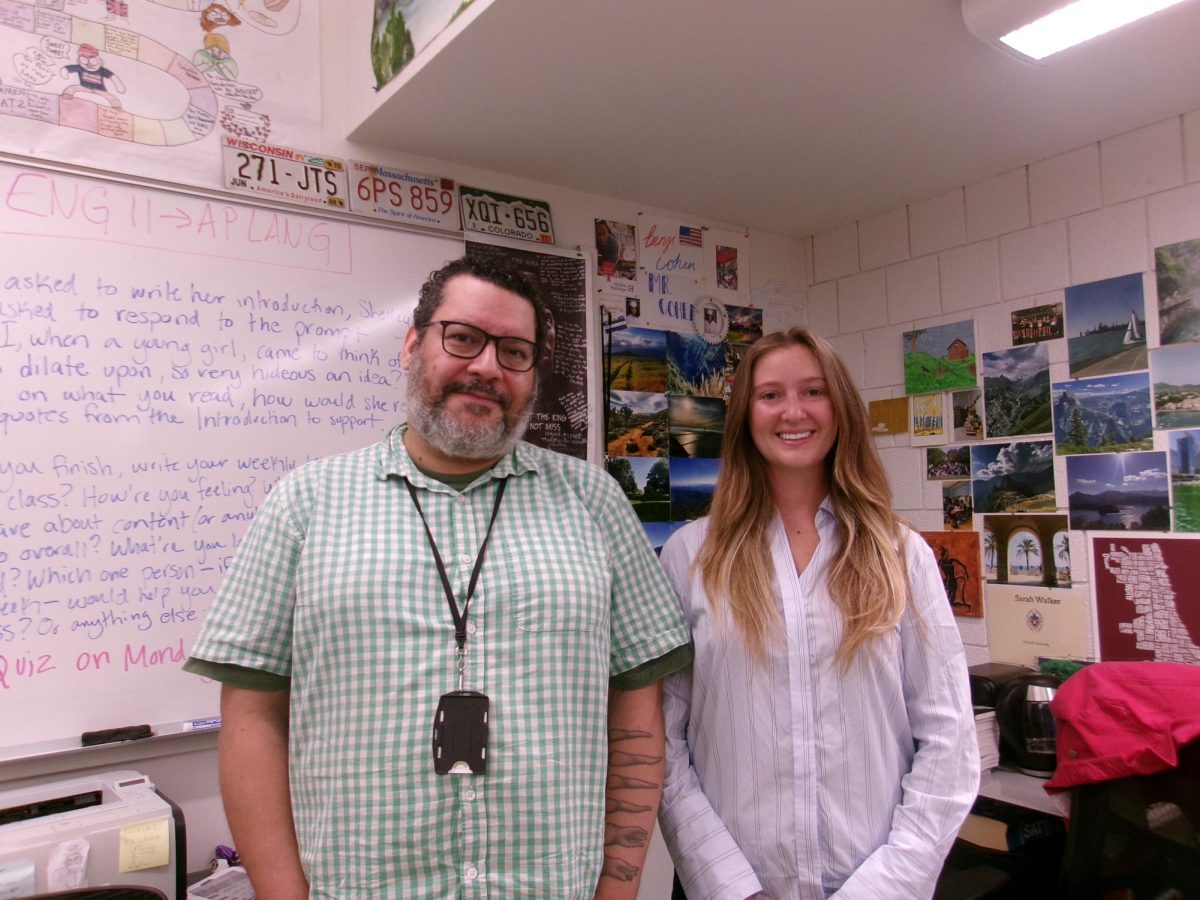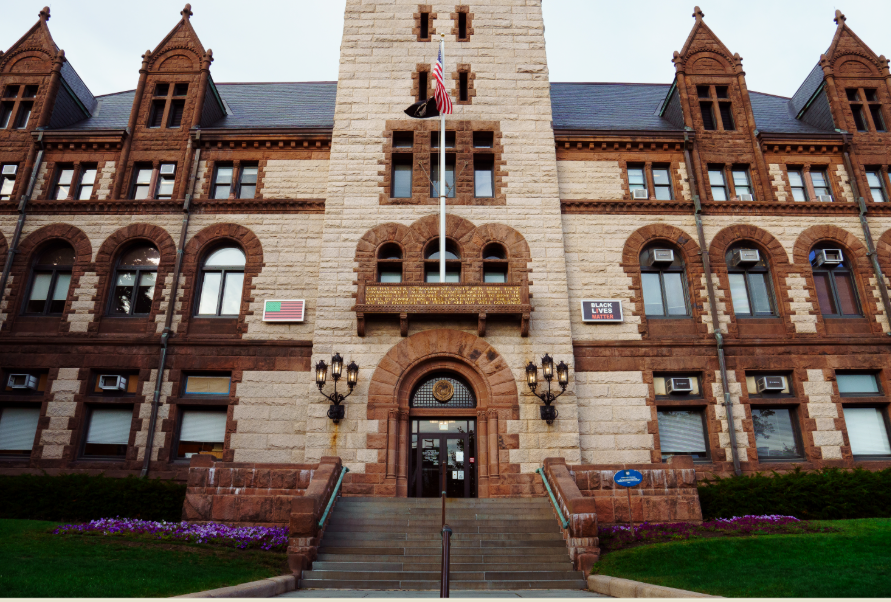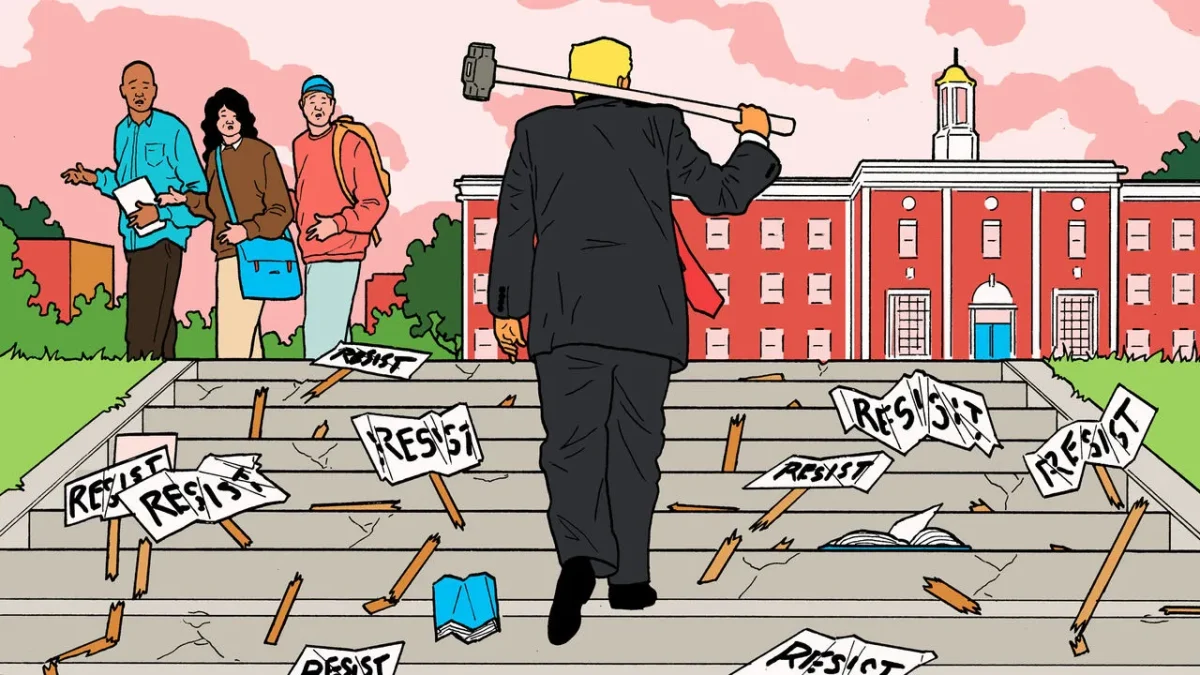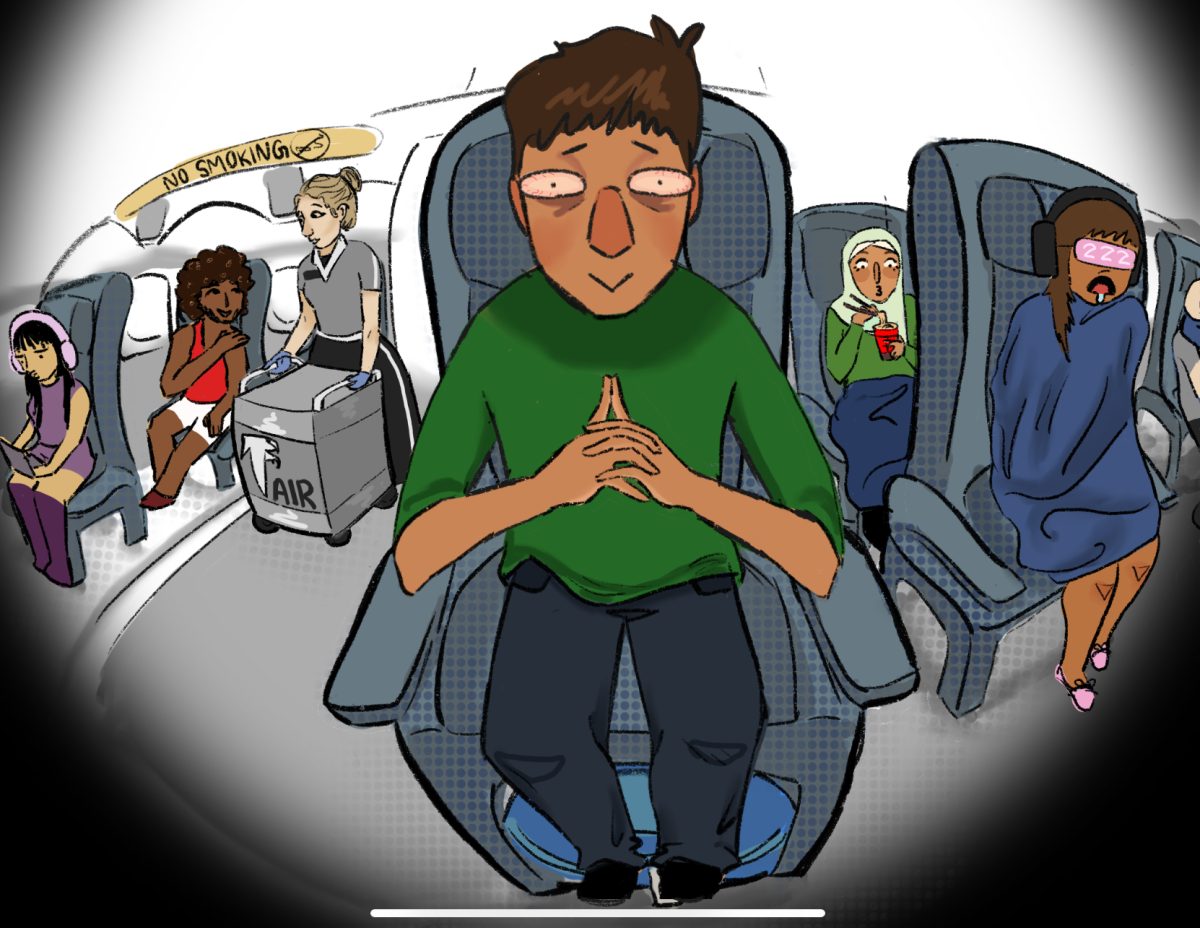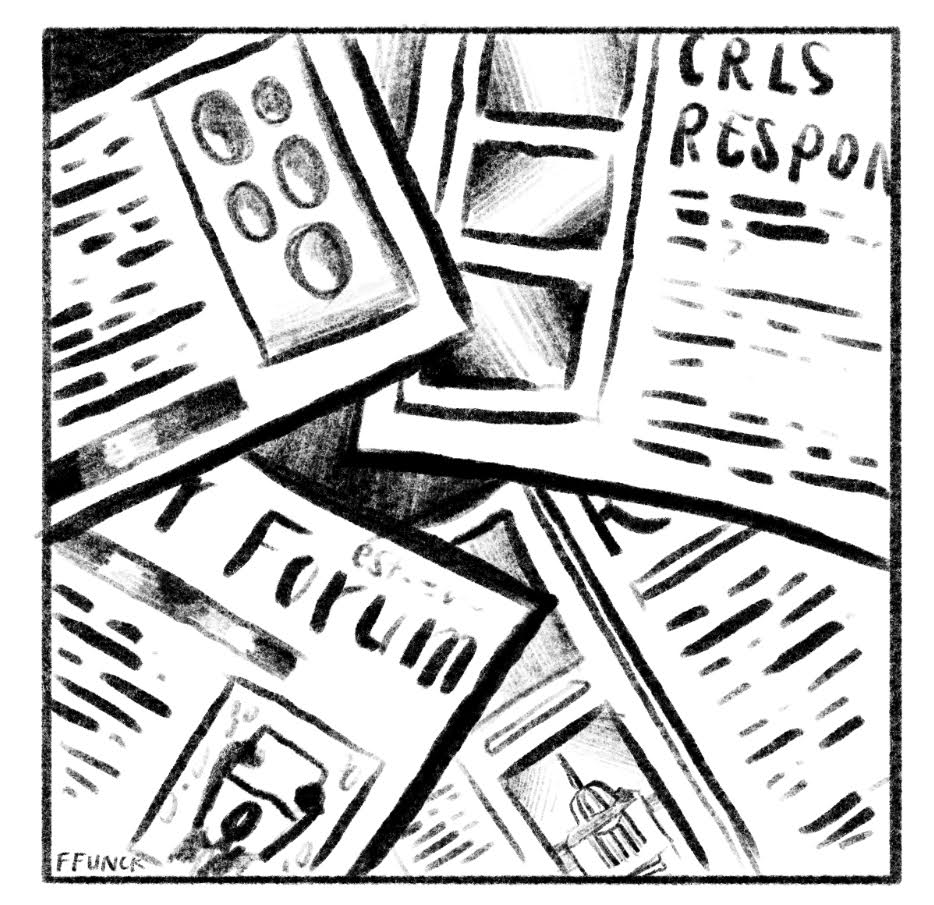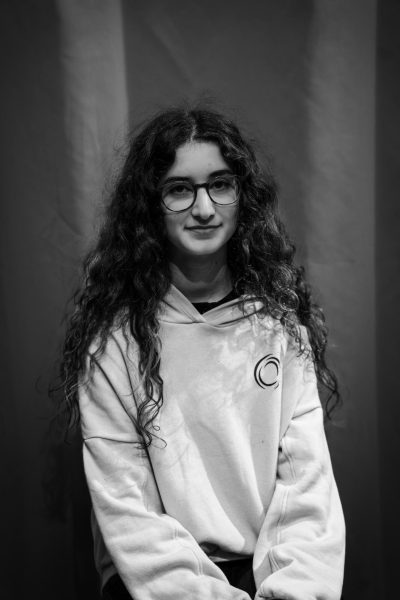This November, CPSD released the District Outcomes dashboard, providing solid numbers around subjects such as student literacy, math skills, chronic absenteeism, and AP class attendance. Many of these categories are interestingly negative –– particularly apparent is the lack of diversity in AP classes, an issue that CRLS has been attempting to ameliorate, but still remains a work in progress.
“Being the only Black student walking into class, I feel so much lower than everyone,” said a student who preferred to remain anonymous, and will be referred to as L. It’s their first year taking AP classes, and they almost never participate in presentations or discussions. “I just feel so weird and uncomfortable saying stuff now, because I’m afraid that some people are gonna judge me,” they said. “If I mistake a spelling word, or if I say something wrong, they’re just gonna be like, ‘Oh my gosh, [L is] so stupid. What did I expect? [They’re] someone of color.’”
While 82% of white students at CRLS have taken AP classes, only 58% of Black students have done so, and 50% of low-income students. While this may not seem like a huge difference, in classrooms the diversity divide is significant, and these numbers don’t measure how many white, Black, and low-income students are taking multiple AP classes per year, which can significantly change these figures.
Labonna Dey ’25 also feels different from her classmates in some sense. “I feel like they don’t have that sort of feeling of being held back when they’re taking classes,” she told the Register Forum. “I’m really grateful that I have parents who value my education so much that they’re willing to put groceries aside for a couple of weeks so that they can pay for my AP exams,” she added. “It’s like 15 dollars, but they do stock up so it’s just a lot, especially on somebody who just wants to extend their education.”
Teachers have tried to increase minority participation in a variety of ways. Christopher Montero, for example, teaches a full-year AP United States History course that’s geared toward minority tenth grade students, meant to allow them to ease into AP-level coursework. Margaret Farrar and Sunny Gupta, who teach AP Chemistry, have meanwhile tried to create a Pre-AP Chem course, also initially geared toward minorities.
“The Pre-AP was like a more beefed up honors. It wasn’t jumping right into the AP curriculum but then it was being really conscious about teaching the skills that would help students be more successful doing AP work,” Farrar said. The program has been discontinued in favor of a more diverse cohort of regular a AP Chemistry class taught by Gupta, including students who have a GPA below the usual cutoff.
Despite these attempted institutional changes, many students report that what they need most is connections in the school—they feel that they don’t know as much about these classes, and guidance counselors often don’t help.
When L signed up for two AP classes, for example, their counselor insisted on enrolling them in an academic support class as well as tutoring (before the class even started), and tried to convince them to change their schedule. “I just wanted to try it because I just felt like I wanted to challenge myself,” L told the Register Forum. “He told me, ‘The skill levels are really high, and I don’t think you meet that skill level.’”
Right now, L has an A in one of their AP classes, and a B+ in the other.
This article also appears in our January 2024 print edition.

